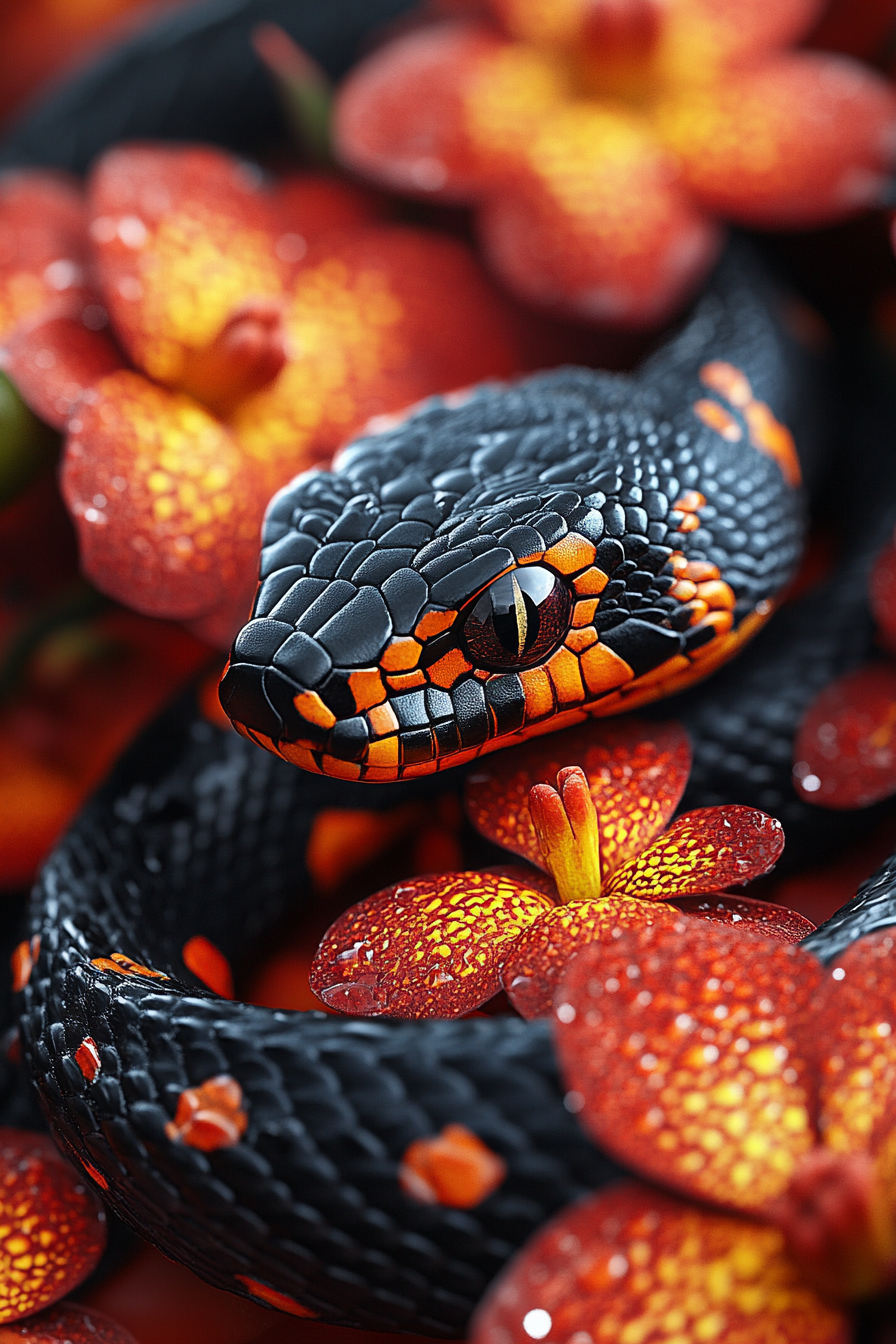The art world is undergoing a radical transformation, driven by the integration of artificial intelligence (AI) into creative processes. From AI-generated art to interactive digital installations, technology is reshaping how art is conceived, created, and experienced.
As artists embrace this new era of creativity, AI has become more than just a tool—it's a co-creator and partner, expanding the boundaries of traditional artistic expression. In this blog, we explore how AI is revolutionizing the art world and redefining what it means to create.
1. Expanding Artistic Possibilities with AI-Driven Creativity
AI technology is providing artists with unprecedented opportunities to push the limits of creativity. Advanced algorithms and neural networks can analyze and learn from vast datasets, enabling the generation of original works that merge human intuition with machine learning. Tools like DALL-E, RunwayML, and DeepArt allow artists to experiment with novel styles, techniques, and visual effects. This collaborative AI-human approach opens up new avenues for exploring surrealism, abstraction, and conceptual art, all while maintaining a distinctive artistic vision.
Example: Artists such as Mario Klingemann, known as the “AI Rembrandt,” use machine learning to create pieces that reinterpret classic styles, blending historical references with futuristic concepts. Through AI, these artists are able to reinterpret artistic canons and create visually compelling works that provoke thought and dialogue.
2. The Rise of AI-Generated Art: A New Movement
AI-generated art is rapidly emerging as a new and distinct movement within the broader art world. Using machine learning models, AI can analyze existing art styles and produce works that mimic the masters or explore completely new visual languages. The sale of “Edmond de Belamy,” an AI-generated portrait, for $432,500 at Christie’s signaled a paradigm shift—positioning AI as a serious contender in the art market. But AI is not limited to creating imitations; it has become a catalyst for conceptual art, generative art, and even multimedia projects that involve sound, light, and interactivity.
AI’s influence is extending beyond traditional mediums, inspiring works that defy categorization. Digital art galleries are now featuring these pieces alongside traditional works, elevating AI art to a position of legitimacy and intrigue.
3. Human-AI Collaboration: Redefining Creative Processes
One of the most fascinating aspects of AI in the art world is its ability to collaborate with human artists. Artists are using AI models to generate initial concepts, experiment with styles, or even complete pieces in ways that complement their human partners. This collaborative process enhances rather than replaces human creativity, allowing for a fusion of the analytical and the emotional.
For example, Refik Anadol uses AI to analyze environmental data, turning it into stunning visual installations that immerse audiences in data-driven narratives. Through AI, artists like Anadol are creating works that are not just visually striking but also deeply connected to themes of data, identity, and the future.
4. Pushing the Boundaries of Art with AI-Driven Experiences
AI is also revolutionizing how art is consumed and experienced. Interactive AI installations, augmented reality (AR) art, and virtual reality (VR) exhibitions are creating immersive environments that transcend the traditional boundaries of canvas and sculpture. AI-driven experiences respond to viewers’ movements, sounds, and even emotions, creating dynamic art that evolves in real-time.
Example: Art collectives like teamLab have mastered this form of experiential art, where audiences can walk through digital environments that respond to their presence, creating a deeply personalized and interactive experience.
5. The Ethical and Philosophical Implications of AI Art
While AI is unlocking new creative possibilities, it also raises important ethical and philosophical questions. Can a machine be truly creative? Who owns the rights to AI-generated art? And how do we define the value of a work that was not made by a human hand? Critics argue that AI lacks the emotional depth and contextual understanding that human artists bring to their work, while supporters see it as a new medium that offers fresh interpretations and innovations.
The debate continues, but what’s clear is that AI is forcing us to rethink the definition of art, creativity, and even the role of the artist.
6. The Future of AI in the Art World: Opportunities and Challenges
The future of AI in the art world is filled with exciting possibilities but also faces several challenges. As AI models become more sophisticated, the potential for creating truly autonomous art increases. This could lead to new genres and movements, influencing not only visual art but also music, literature, and beyond. However, ethical considerations, biases in AI training data, and questions of authorship must be addressed to ensure the responsible use of technology in creative fields.
Despite these hurdles, the future looks promising. AI is poised to inspire a new generation of artists, offering tools and platforms that make art more accessible, engaging, and transformative.
Conclusion: AI as a Catalyst for Creative Evolution
AI is not just transforming the way art is made; it’s revolutionizing the very definition of creativity. By blending technology with human intuition, AI is becoming a powerful tool for artists, enabling them to explore uncharted territories and push the boundaries of what’s possible. As AI continues to evolve, it will undoubtedly play a significant role in shaping the future of the art world, making it more dynamic, inclusive, and innovative than ever before.


